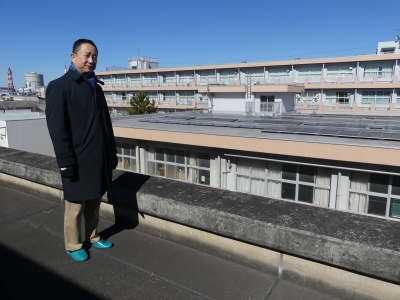Stubborn inflation and U.S. President Donald Trump's hard-line trade policies have rekindled fears of stagflation, a worrying mix of sluggish growth and relentless inflation that haunted the U.S. in the 1970s, even as markets remain upbeat on his pro-growth agenda.
The potential return of stagflation, which would pressure a range of assets, has been flagged periodically over the past 50 years but not materialized as a real threat to investor portfolios. While economists and portfolio managers are not ready to say that this time is different, the dreaded scenario has crept back as a key risk for investors in recent weeks, as the prospect of trade wars and punitive tariffs cast a shadow over U.S. growth.
"Stagflation has definitely re-emerged as a possibility because we have these policies that could hurt consumer demand even while persistent inflation limits the Federal Reserve's ability to maneuver," said Jack McIntyre, portfolio manager for Brandywine Global's fixed income strategies. "It's not a zero-possibility scenario any more, by a long shot."


















With your current subscription plan you can comment on stories. However, before writing your first comment, please create a display name in the Profile section of your subscriber account page.